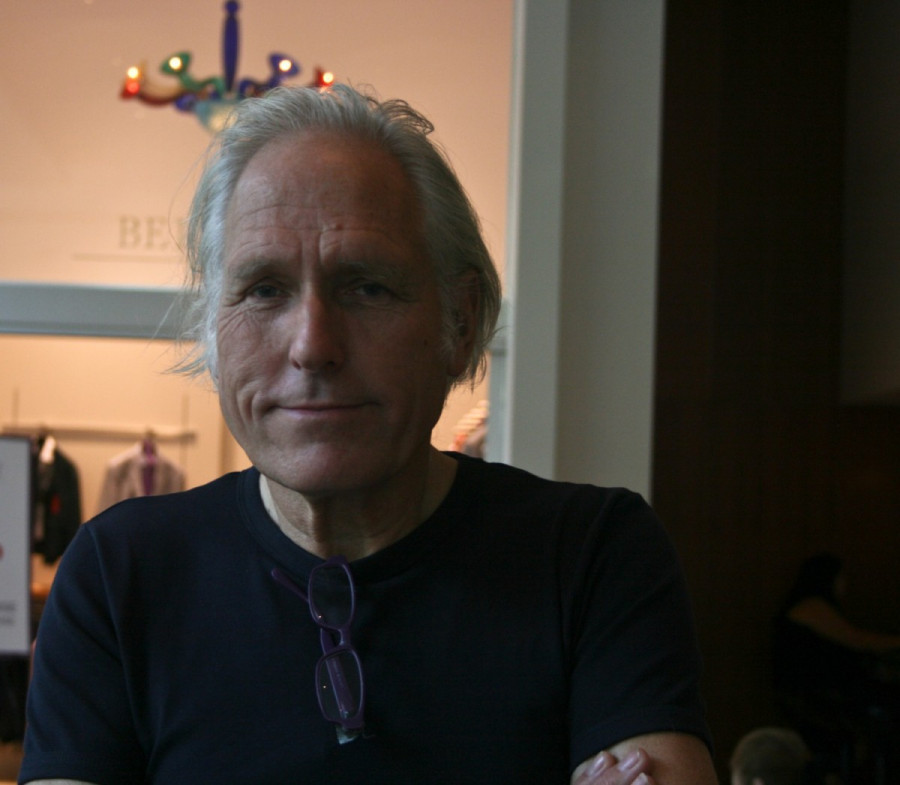Man and Beest
Concordia Honorary Degree Recipient Theo Jansen Talks to The Link About His Creations
On June 22, Dutch artist Theo Jansen received an honorary degree from the Faculty of Fine Arts for his work designing and building Strandbeests, huge animal-like machines made of plastic tubes, powered by wind and with the ability to ‘walk.’
Jansen originally studied physics in his home country Holland in the 1970s, and described himself as being an “average student.” He then turned to fine arts, beginning by teaching himself to paint. In 2007, he presented one of his Strandbeests, which was able to detect water and change its course to avoid it, at a TED conference.
He has also given lectures and showed his work in the United Kingdom, the United States, Japan and South Korea. Jansen sees the Strandbeests that he builds as more than just a bunch of plastic tubes articulated in a coherent way: he describes them as being almost like living creatures.
“They can’t live on their own yet,” he said. “I still have to save them out of the sea […] hopefully at the end of my life they can be more independent from me.”
A major theme of Jansen’s work is the relationship between art and science. However, when asked what his goal was when designing the Strandbeest, Jansen smiled.
“I just do what I do,” he said. “Some people call me an artist, and some people call me an engineer or a scientist or whatever, a philosopher.”
For Jansen, all engineers are artists; it is only their approach that is specific to the field. Beauty comes from function, and it’s function that engineers are working on.
“I just work on [the] functions of the beasts; at the end […] they became beautiful,” he said.
When working on the Strandbeests, Jansen only uses one kind of material. Emulating how, as he believes, God created living cells using only protein, Jansen restricts himself to “cheap” plastic tubes and cables.
“None of my [original] plans succeeded, but somehow the tubes have directed me in an another way […] which I couldn’t have thought of before,” he explained.
Limiting himself to only one kind of material makes it harder for him to create machines with artificial intelligence, forcing him to be more creative, and go into unexplored paths. The material, according to Jansen, should be the starting point.
When asked what he would tell engineering students today, the question seemed to surprise Jansen. He describes his 20-year journey as a perpetual creation process: having an idea, trying to realize it, and ending up in another direction.
“If your plan doesn’t succeed, just go another way,” he said.
When asked about if he intends to come back to Montreal, Jansen answered that he’d love to. “I was here two and a half years ago. I liked the people very much,” he said. “Somehow the students seem to recognize themselves in my work.”


_600_832_s.png)
